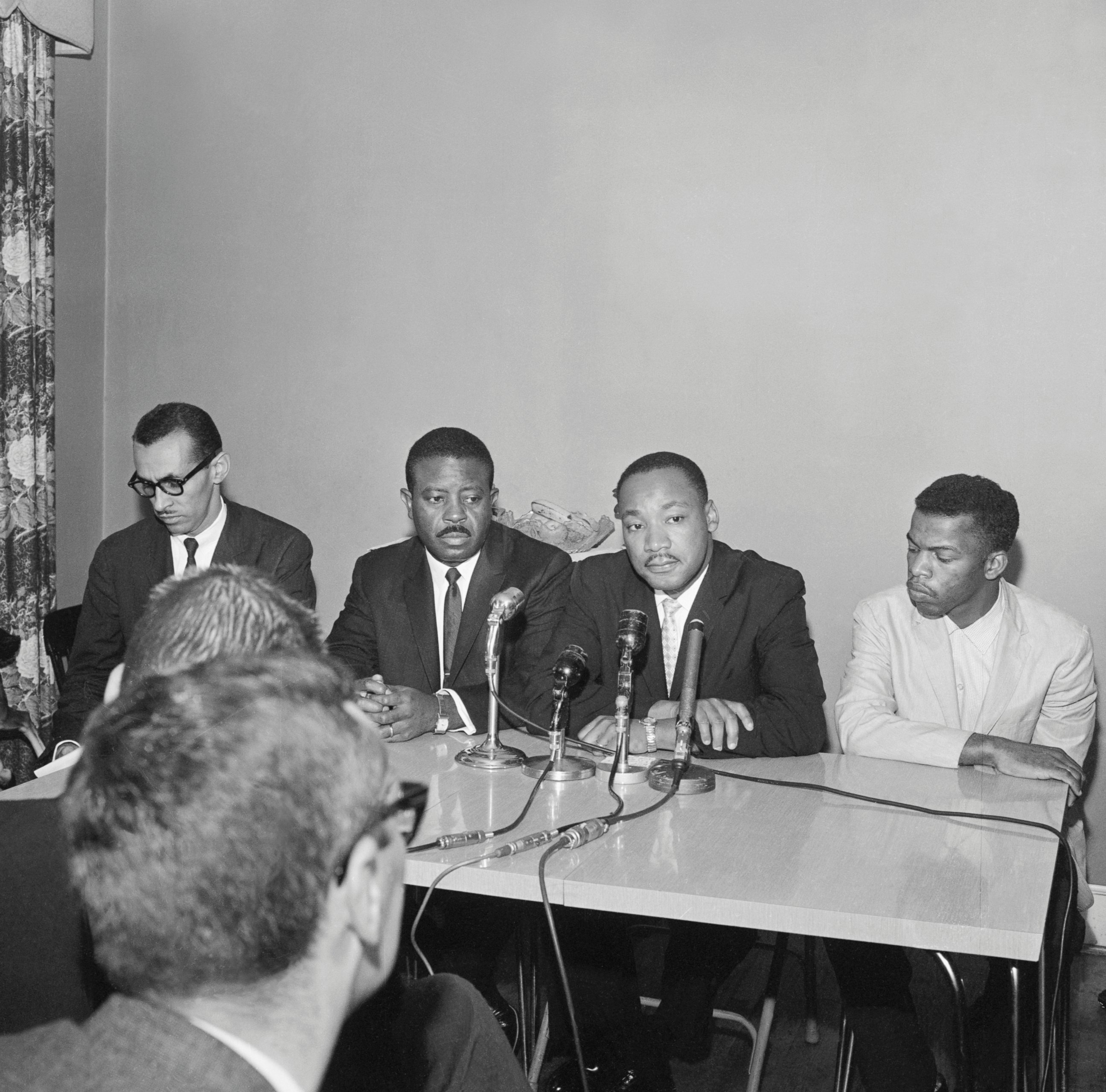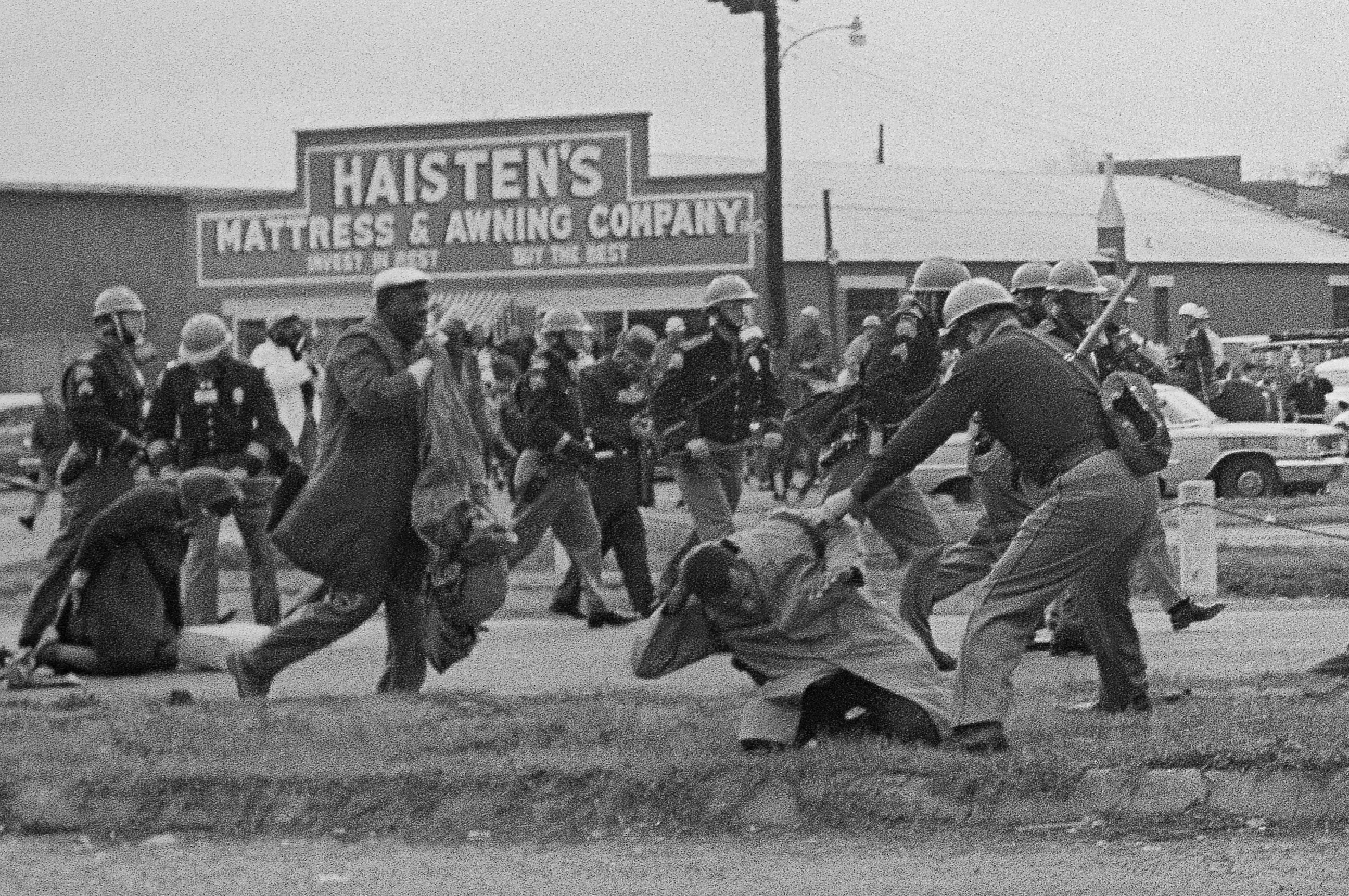Civil Rights Icon Rep. John Lewis Becomes Face of Democrats' Sit-in Over Guns
The civil rights leader was elected to Congress in 1986.
— -- Rep. John Lewis of Georgia has become the face of the Democrats' unprecedented sit-in at the U.S. House of Representatives that officially ended today at 1 p.m. -- more than 24 hours after it had begun.
Lewis, who tweeted throughout the event, said he had a "moral obligation to speak up and speak out until the House votes" on gun violence. Lewis is an icon of the Civil Rights Movement.
“We must never ever give up, or give in! We must keep the faith and we must come back here on July 5th more determined than ever before!” Lewis tweeted today. “It a struggle, but we are going to win this struggle.”
House Speaker Paul Ryan called the sit-in a “publicity stunt” and warned Democrats that they set a “dangerous precedent” by resorting to a protest on the House floor.
The civil rights legend responded, “I regret the speaker thinks that but it reminds me of another period in our history when some of the southern governors like Lester Maddox, George Wallace, said at the sit-ins and the freedom rides, it was a publicity stunt.”
“I think we have been very successful," Lewis told ABC News today before returning to the floor to wrap up the sit-in. "But this is only one step down a very long road. But we will get there."
When Lewis, House Minority Leader Nancy Pelosi and other Democratic lawmakers addressed the public outside the Capitol building after the conclusion of the sit-in, Lewis recalled meeting Martin Luther King Jr. as a young man.
"He taught me the way of peace, the way of love and he said in effect, hate is too heavy a burden to bear," Lewis said. "It is better to love, so all of you working together, we can turn our nation around."
Lewis then sang several phrases of "We Shall Overcome" with Pelosi smiling at his side.
Lewis has served as a U.S. Representative of Georgia since his election in 1986. But his leadership began much earlier.
After growing up in a segregated school in Alabama, Lewis participated in the Freedom Rides in the early 1960s, when black Americans sat in seats reserved for white passengers.
Though Lewis endured beatings and arrests for his involvement in the Civil Rights Movement, he helped form the Student Nonviolent Coordinating Committee (SNCC), later becoming the group's chairman.
In the summer of 1963, when he was 23, Lewis gave a keynote speech in Washington, D.C. He was dubbed one of the Big Six leaders of the Civil Rights Movement.

And two years later, he was among the leaders of the peaceful protest across the Edmund Pettus Bridge in Selma, Alabama. The marchers were violently attacked by Alabama police, an event that hastened the passage of the Voting Rights Act.

Lewis persevered through dozens of arrests, physical attacks and serious injuries, and after leaving the SNCC he became the director of the Voter Education Project.
He was elected to Congress in 1986, a position he has held ever since. He's currently the senior chief deputy whip for the Democrats.




